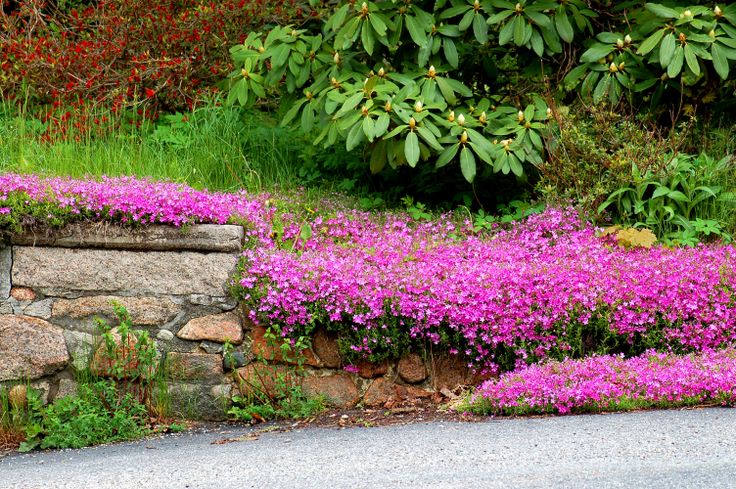Caucasian Arabis ( Arabis caucasica ) is a herbaceous perennial that acquires a high decorative effect during the flowering period. Belongs to the cruciferous family. Its decoration is not only large inflorescences, but also expressive leaves with a silvery sheen. The foliage is kept on the bush after flowering, thanks to which it continues to delight the eye with its beauty even after it has faded. This culture has gained its popularity due to its unpretentious nature. Every gardener who pays even a minimum of attention to the plant can grow it.
Description

Arabis Caucasian is an annual or perennial (depending on climatic conditions) plant, which is a bush with a spherical spreading crown. It grows up to 30 – 40 cm in height, but there are varieties that grow up to 20 cm.
Leaf plates are heart-shaped, with solid or serrated edges, dark green in color with light hairs on the surface. Their width is 2 – 2.5 cm.
Inflorescences of medium size, racemose, with simple and double flowers of various colors. The petals of some varieties are two-colored with a border around the edge of a different shade.
During flowering, the plant is completely covered with buds with a rich sweet aroma that attracts bees and other pollinating insects. Caucasian arabis begins to bloom in early spring, in mid-latitudes – in May. Flowering is abundant and long.
The botanical description of the Caucasian arabis is supplemented by a photo that will help you imagine what this plant looks like:
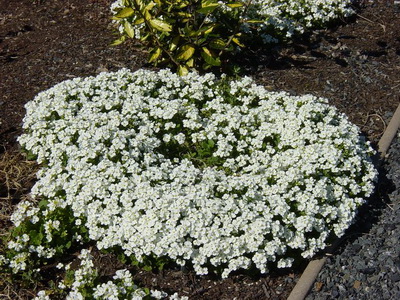

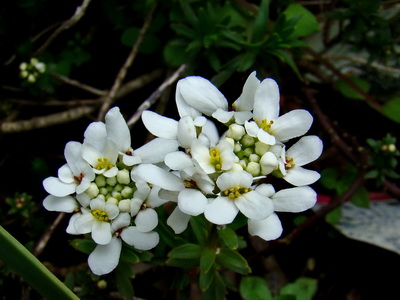
Varieties
“Flore captivity” – a lush flowering bush, abundantly covered with snow-white double flowers.
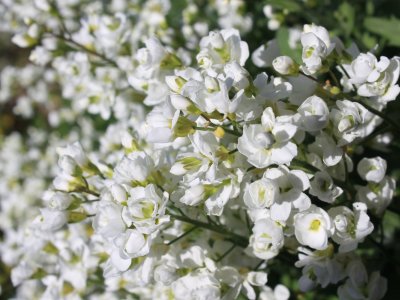
“Little Treasure Deep Rose” is a popular variety of Caucasian arabis, which is a 15 cm tall plant with straight shoots. Flowers simple, pink. This variety begins to bloom in June. It has an average cold resistance, requires shelter for the winter in regions with severe winters.

‘Lotti White’ is a creeping perennial groundcover. Reaches 10 cm in height. Numerous white inflorescences. Flowers begin to bloom in early June.

“Little Treasure White” – also refers to perennial medium-sized varieties. It grows up to 30 – 40 cm. It has creeping shoots covered with small, obovate, serrated foliage along the edge with a short pile. Inflorescences are racemose, consist of white flowers with a diameter of 1.5 cm. Flowering lasts from the first half of June to mid-July.
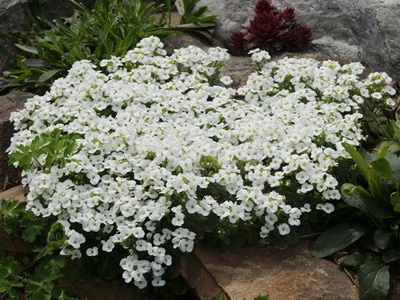
“Kompinki” – this variety of Caucasian arabis is a sprawling bush 35 cm high. It is valued for its high decorative effect. During the flowering period, the plant is completely covered with small pale pink flowers.
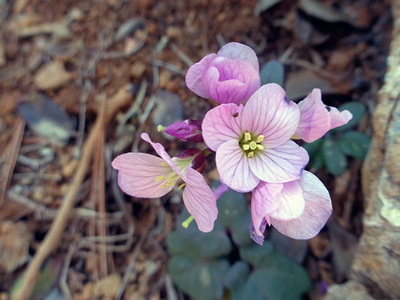
“Variegata” is a variety widely known among gardeners, whose height varies from 30 to 50 cm. Numerous rosettes of light green leaves with a wide white, cream or pale pink border around the edge give it decorativeness. The flowers are bright pink, up to 3 cm in diameter. The plant is resistant to frost, but in central Russia it is covered for the winter.

“Snow Fox” is a low shrub growing up to 25 cm. It has oval elongated pubescent foliage. The inflorescences are racemose, about 9 cm long. They consist of white flowers up to 1.5 cm in diameter. It blooms in June and July.
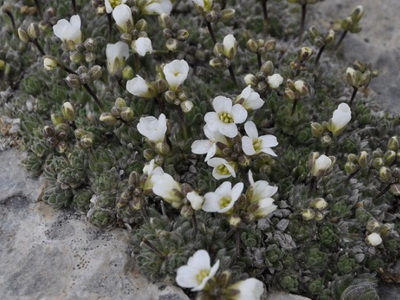
Cultivation
Arabis Caucasian is propagated using seeds that are planted in the soil in April – May, when warm days come and return frosts pass. Before planting, a site is chosen, which should be located in a well-lit place, away from sprawling trees and shrubs that create shade. Areas with a close occurrence of groundwater will not work, because the root system of the plant will quickly rot on them.
Sandy, well-drained light soils that allow oxygen to pass through are suitable for growing Caucasian arabis. The flower grows well on rocky areas and on hills. Cannot grow on heavy clay substrates.
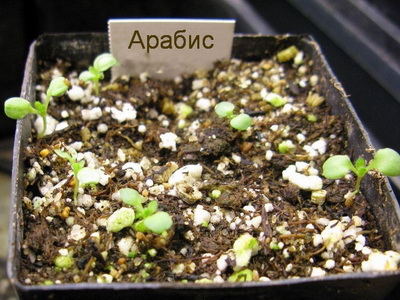
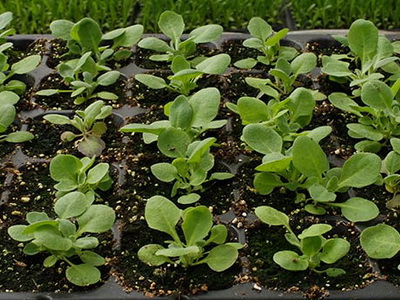

After choosing a site, the soil is dug up, weeds are eliminated, and ridges are made. Seeds are planted to a depth of 0.5 – 1 cm. The soil is leveled, the crops are moistened with a sprayer, then covered with polyethylene to create greenhouse conditions. Shoots will appear in a month and a half. After that, the film is removed. Strengthened grown plants are transplanted to a permanent place.
Another way to propagate the Caucasian arabis is cuttings, which are carried out in late spring. Cuttings are cut from adult bushes so that at least 5 internodes remain on each of them.
For rooting, they are placed in a hole, regularly watered as the earth dries. After rooting, they are transplanted to a permanent place.
Care
On suitable soil and a lighted area, Caucasian Arabis successfully develops even with minimal care. When breeding it, it is important not to forget a few key points below.
- Watering. Under natural conditions, this plant grows in the mountains, so it easily tolerates heat and drought. Negatively refers to excess moisture in the soil. It should be watered moderately, without waiting for the surface of the earth to dry out and crack. After watering, it is necessary to loosen the area near the bush to ensure oxygen access to the roots. Also, during loosening, weeds must be removed, which take valuable substances from the soil.
- Topdressing. When caring for Caucasian Arabis, it is enough to apply top dressing once a season, using any mineral complex for flowering plants.
- Pruning. In some varieties, lateral shoots easily take root in the ground, because of this, the plant occupies large spaces. In order to restrain the growth of the bush, it is necessary to cut off too long shoots in a timely manner. Pruning is also useful because it provokes abundant flowering. Faded inflorescences are removed to maintain a neat appearance of the plant.
- Wintering. With the onset of cold weather, Caucasian arabis is pruned, leaving 5 cm of shoot length. To protect against low temperatures, they are covered with sawdust, straw or agrofibre.
